Why Bic's 4-Color Pen Is A French Cultural Icon
Forgotten by Americans, but beloved in its homeland, this marvel is a symbol of precision.
When studying for my French citizenship interview, I had to be familiar with all of the major symbols of the Republic. La Marseillaise. Marianne. The Gallic rooster. Phrygian cap. One could even throw in the Fleur-de-lis. Or the Eiffel Tower.
No matter which list I studied, however, they all overlooked the most important cultural icon: the Bic 4-Color Pen.
I’m not sure how I didn’t know that Bic was a French company until I moved to France in my mid-40s. Growing up in Kansas, Bic products were so ubiquitous that I never bothered to consider it wasn’t an American company. Bic razors. Bic ballpoint pens. Bic lighters. Bic Bic Bic everywhere. Today, it is one of the largest consumer goods companies in the world. Based in the Paris suburb of Clichy, the company had revenues of €2.39 billion in 2022.
Bic was co-founded by two Frenchmen, Marcel Bich (born in Italy but naturalized after his parents immigrated) and Edouard Buffard, who bought a factory in 1944 to make pens. Bich eventually became intrigued by an early version of a ballpoint pen developed by Hungarian Laszlo Biro and acquired the patent.
It took the Bic team two years to refine the ideal ink and find the right fit between ball and ink. The company acquired high-precision machines from the Swiss watchmaking industry to produce the pens.
The result: the BIC Cristal pen.
Launched in 1950, this is the omnipresent ballpoint pen with a blue cap and transparent body that lets you see the ink inside. Everyone on the planet knows this pen and probably finds at least 10 of them every time they lift the sofa cushions to clean. Producing it was considered a remarkable engineering feat at the time, the world’s first high-quality ballpoint pen but sold at an affordable price. It was light and long-lasting, allowing someone to write up to 3km.
Bic’s marketing campaign made it a worldwide phenomenon. The company became a testament to France’s entrepreneurial and creative spirit.
In a 1973 letter to shareholders, not long after the company had been listed on the Paris Stock Exchange, Bich explained his business philosophy: “These principles of management have been developed over the past 20 years since I founded the company and then managed it. They were not shaped by formal education in a French or American business school, but are the result of the tough school of business which I entered at the age of 18… The first principle is that development is based on risks. Potential gains increase in proportion to risks taken. The more you risk, the bigger your chances of winning…or losing.”
The 4-Color Marvel
In 1970, Bic introduced a new twist to its ballpoint pen empire: The 4-color pen. Red-Green-Blue-Black. I was born in 1968, and as an American attending school in the 70s and 80s, the Bic 4-color pen was a part of my school supplies from elementary to high school. The clicking clicking clicking to change colors offered a fun and convenient distraction.
Eventually, the Bic 4-color pen became one of those things that an American of my generation remembers as a nostalgic signpost of youth, a dated companion to things like the Trapper Keeper. While visiting the American Embassy in Paris a couple of years ago to renew our children’s passports, we were shocked, after years of banging our heads on the desk of dour French civil servants, to encounter a cheery, apple-cheeked, joke-making member of the U.S. diplomatic core handling our applications. After handing us some final forms to sign, he broke into a huge Mid-Western grin when he saw us pull out a Bic 4-Color Pen to sign some documents. “I remember those from when I was a kid!” he exclaimed and then chuckled.
In France, however, the great 4-color entrepreneurial wonder that Marcel Bich gave to his compatriots remains a centerpiece of daily life.
An Educational Tool
My obsession with the Big 4-Color began right after we arrived in France.
One of our first tasks was to enroll our children in school. This took a fair bit of wrangling at the office that welcomes foreign students. After several visits, our son was placed in a middle school to begin an immersive French-language program alongside other kids who didn’t speak French, with the goal that they eventually move into mainstream classes.
A few days later, my wife and I arrived with our son at his new middle school (Collège Émile Zola) for a meeting with the teacher of the French program. Middle school here is called “collège”, which required us to never again refer to our own university education as “college.” Otherwise, confusion reigned. (“You met your wife in college? That’s amazing.” No, I would clarify, we did not meet when we were 10 years old.) In any case, as we entered Collège Émile Zola, we had no idea what the official point of this meeting was, a theme that would be a recurring part of our lives here. We just knew that we had been summoned.
On this day, we had a fairly awkward conversation with the teacher that occurred in a no man’s land between French and English. And then, to our surprise, she announced that our son would now go with her class. We were a bit taken aback by the abruptness of this, but even as the teacher stood up, she seemed to make a disturbing discovery of her own. “Where are his school supplies?” she asked with a hint of alarm.
My wife and I looked at each other and telepathically wondered, “School supplies?” Already racking up a large number of gaffs in just two weeks in France, we sheepishly said we did not have any. “Perhaps since it’s after 2 o’clock and it’s his first day, he could borrow some paper and a pen and come with supplies tomorrow?” we asked like naïve fools. “This is not possible,” the teacher explained. “He must have all his school supplies before he can enter class.”
She then handed us a double-sided piece of paper that contained some 150 items that every student should have. The buying of school supplies is an exercise that every American parent will recognize, pushing a shopping cart through the aisles of Target in search of No. 2 pencils and lined papers and erasers and glue and scissors. Even so, the French have taken the buying of school supplies to fetishistic extremes.
In just our former Toulouse neighborhood, there were about a dozen papeteries where an astonishing array of school supplies could be bought. The list is so detailed and precise that typically one just hands the list and a cart to an employee who proceeds to hunt down the supplies. Math requires a notebook 24 cm by 32 cm in size, with 96 pages of paper that have small squares on them. French, on the other hand, demanded a similar-sized notebook but 48 pages and large squares. Some classes require notebooks with hard covers, while others want transparent covers. Doing math with paper that has big squares is not possible. French education demands precision.
Armed with this list, my wife and I dashed down the street and into a supermarket, a sub-optimal choice given its limited selection of office and school products. But we figured it was our best shot at doing this in a reasonable amount of time. We stood in front of the school supply section trying to match the strange words on the list to the tags on the shelves. What is a “copie double”? (A larger sheet of paper folded in half to create four pages, with perforated edges, with a choice of big or small squares. We needed both kinds.) After a panicked few minutes of grabbing as much as we could, we rushed back to the school and handed the teacher an over-stuffed plastic bag of supplies, which seemed to satisfy her and grant our son access to the classroom.
As it turned out, the most critical tool we purchased that day was the Bic 4-Color pen.
Of all the school supplies, this was the ultimate key to unlocking the French educational system. Classes at this level were still taught in an extremely traditional manner. The teacher lectured nearly the whole period and wrote much of the information on the chalkboard. The students were then instructed to copy those notes using different colors according to their importance. The color red indicated which phrases must be memorized in their entirety because they would be on the exam. Other notes were to be written in various other colors corresponding to their relative importance. Students periodically handed in their notebooks to teachers who graded them on their orderliness and their adherence to various instructions for taking notes and gluing in worksheets.
Since those first few days, we have accumulated an astonishing number of these 4-color pens that fill a jar, and then some.
A Pop Culture Phenomenon
During our August vacation, we were reminded of the 4-Color pen’s cultural sway in France while watching “Burger Kidz,” a sort of jokey game show. The host, holding the famous pen, posed the question: Do you know what purpose the little ball on top of the pen serves?
The answer was C: Someone could use it to turn the dial on old rotary phones. When I was chatting recently with Bic spokeswoman Astrid Canevet, she also explained that Bic later added a hole to the little ball because they are extremely popular with medical professionals and this allowed them to wear the pens on a chain around their neck.
Canevet confirmed my instinct about the pen’s enduring popularity in France. Bic produces 300,000 units a day at its factory in Marne-la-Vallée (just east of Paris) and France remains its number 1 market.
“It's a product that still exists in the US, but I don't think it's as present in the mind of consumers,” she said.
Bic controls the entire manufacturing process in France, including making all of the parts and the ink to ensure quality, she said. Production is incredibly precise. Making just the ballpoint takes nine days. The complex process includes molding the ball using diamond powder and putting it in an oven for 24 hours.
“It's the combination of the ballpoint, which is kind of floating but it has to move freely within that structure,” she said. “And then the ink has to have the right density and flow with the right speed to have consistent writing.”
Over the first several decades of the pen’s existence, Bic found ways to improve the materials, make it lighter and more durable, use less plastic, and increase the lifespan of the ink. They later made the ink cartridges replaceable because of course everyone was using up the blue ink first and throwing them away. It’s a winning combination of convenience and design for the French, but less so for Americans.
“The concept that we're using here to explain the product to consumers, to have four pens in one, that doesn't really seem to resonate that well with American consumers,” Canevet said. “Americans don't really see the advantage of switching colors without switching pens. They’re like, ‘We’ll just have four pens. What’s the big deal?’”
Meanwhile, the pen’s popularity continues to soar in France thanks to the decision in 2010 to introduce different designs to celebrate its 40th anniversary. These started with some fun pastel iterations and then continued to expand rapidly as consumers snapped up new versions.
The pen’s status as a pop culture icon has been reinforced by some high-profile collaborations with artists and designers in recent years. These include special editions designed by the artist Saâdane Afif, cartoonist Blaise Guinin making the pen the hero of a graphic novel called “Quatre Couleurs,”’ and the fashion label "Proêmes de Paris" featuring it on prints for its Summer 2016 collection.
For the true fans, jeweler Mathieu Tournaire partnered with the artist Richard Orlinski to create three limited-edition pens: gold-plated bronze, white palladium-plated bronze, and rose gold-plated bronze. Only 999 of each were created and sold for €390.
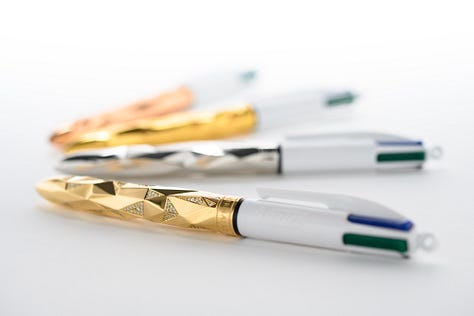
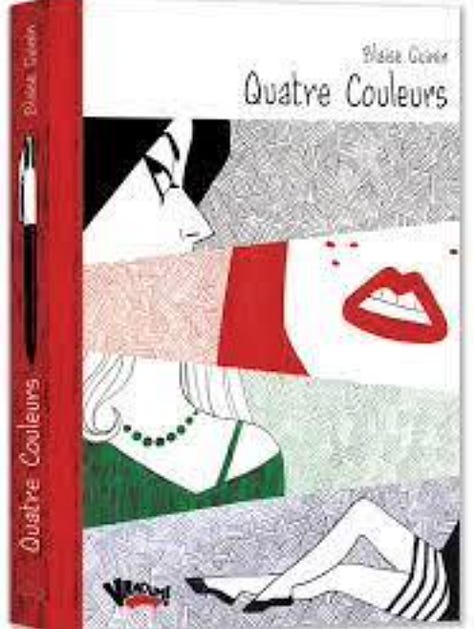
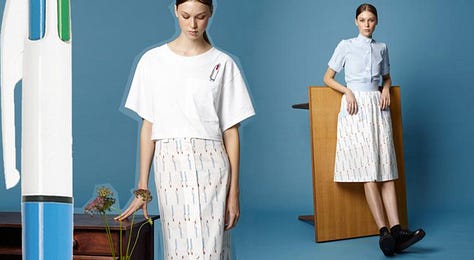
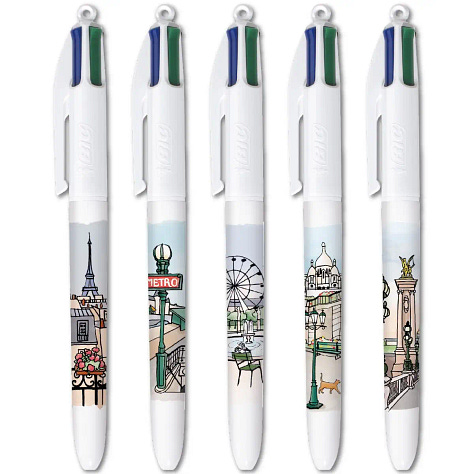

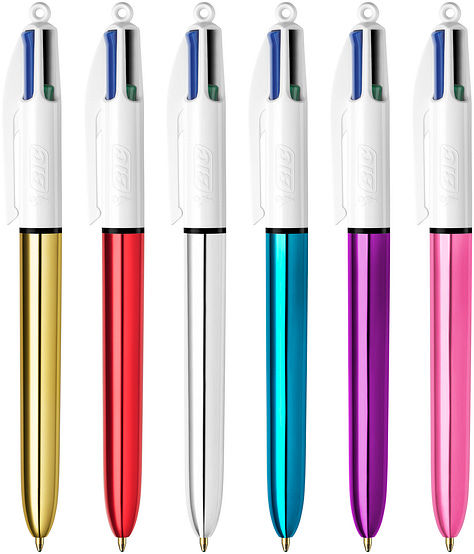
And, of course, there is a special edition for the upcoming Paris 2024 Olympic Games.
“Bic is a very iconic brand here in France,” Canevet said. “It has a special place in the heart of the French consumers. There is a real sense of national pride.”
Chris O’Brien
Le Pecq



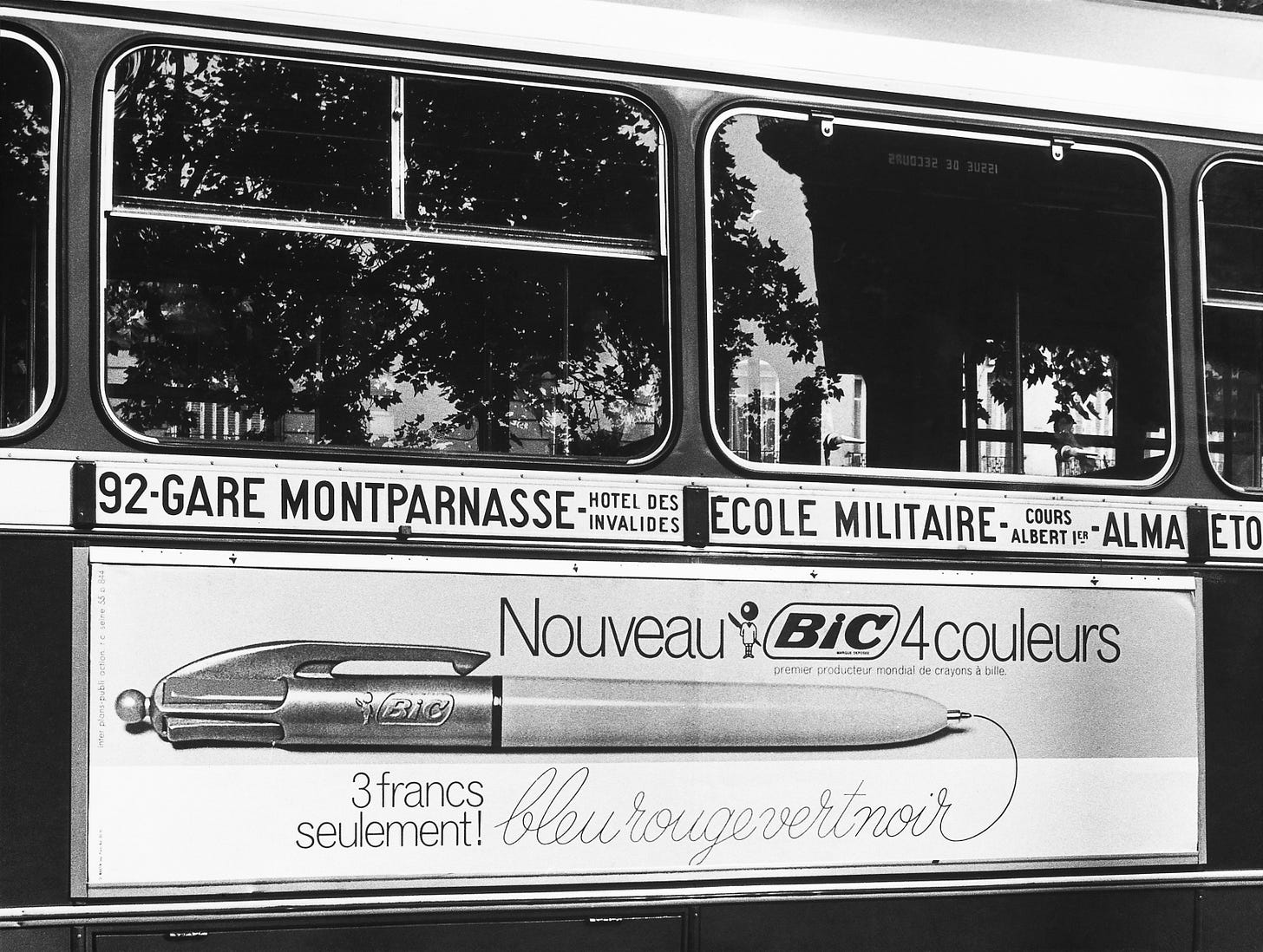

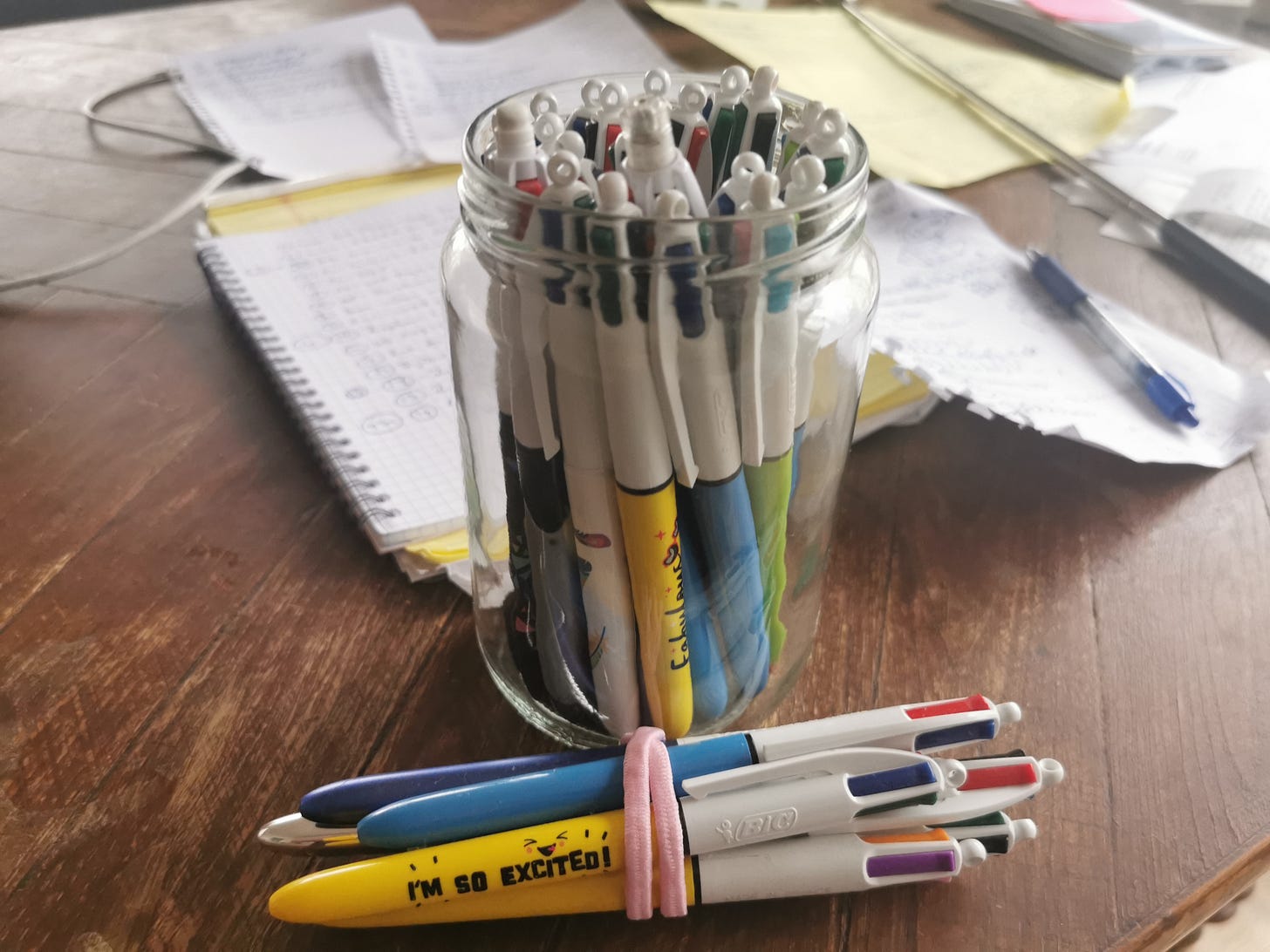

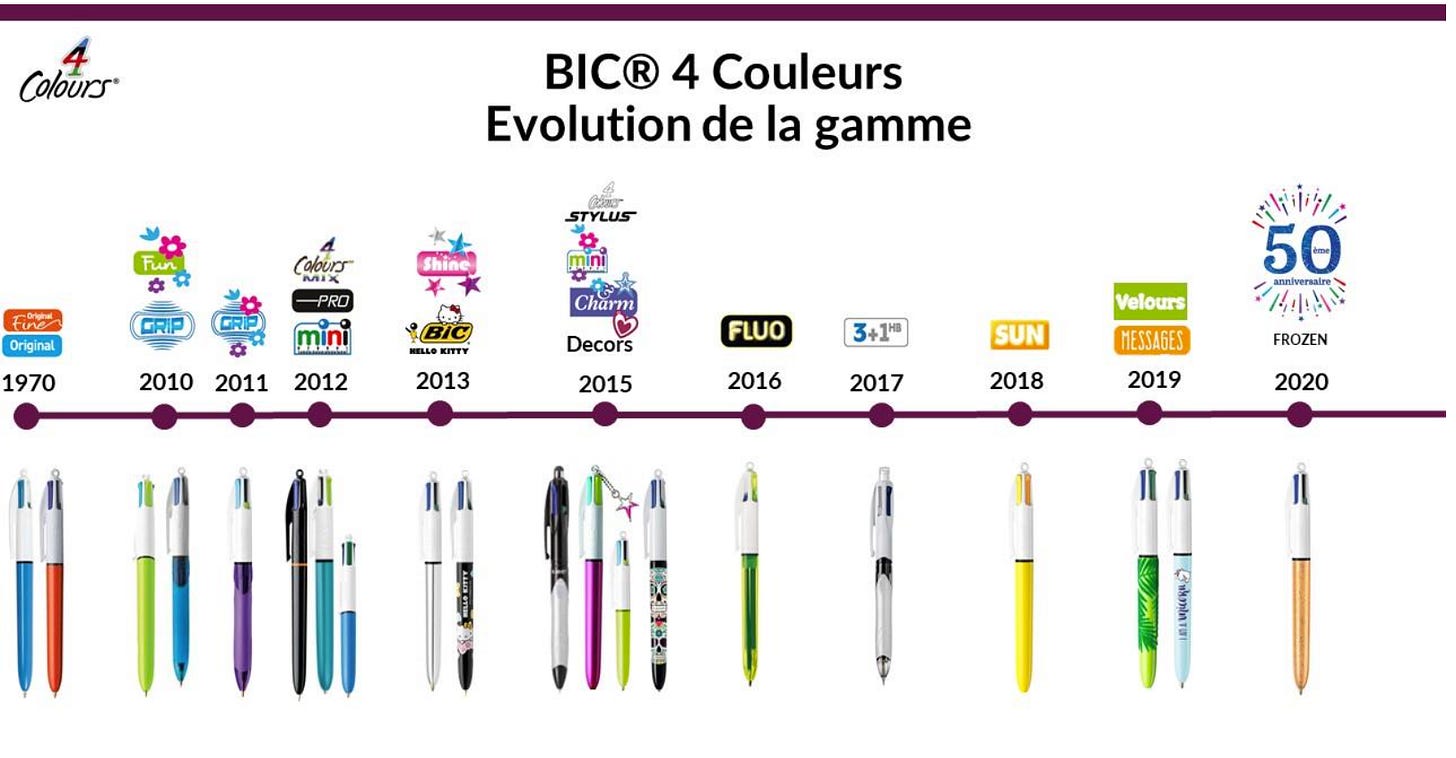
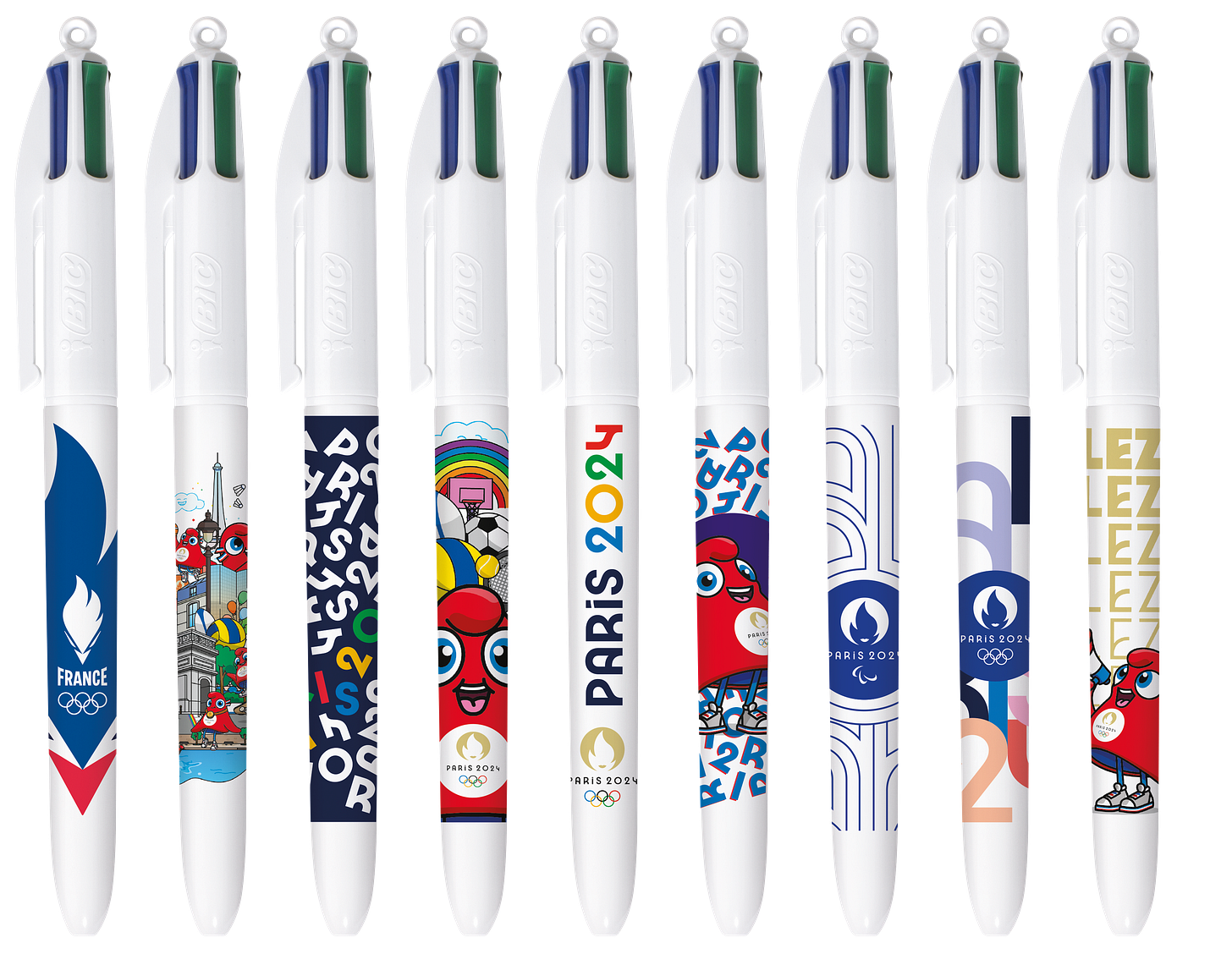
Great article! Had no idea that Bic is a French company. As an aspiring artist I insisted on having a four colour pen when they were first introduced in Canada. Thanks for filling us in on the backstory
I’ve learned so much about the humble Bic pen! I had no idea it was a French invention (also thought it was American).
I always believed this 4-colour ink pen was created for novelty! Had no idea of it’s importance in the French culture.
I had one at school (not for academic purposes, only for the novelty of having an unusual pen in my pencil case) and as an artist I have used the 4-ink ball point pen in my work. The Bic ones are great as they don’t leak and the ball glides over the paper.